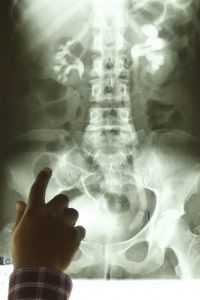Medicaid is the U.S.'s primary public health insurance program; as many as 1 out of 5 Americans -- more than 62 million people -- receive Medicaid benefits [source: KCMU, AAMC].
The U.S. is not alone in offering public health insurance benefits to its citizens; in France, for instance, everyone has public health insurance (and so do illegal immigrants living in France). And only about 10 percent of Germans choose not to use the country's public health care system. Brazilians consider free public health care to be a person's right.
Advertisement
The idea of a public national health system dates back to the beginning of America and the founding fathers, but a government-run program wasn't established until 1965 by President Lyndon B. Johnson under the Social Security Act (former President Harry S. Truman was the first beneficiary).
Today, just as in 1965, Medicaid provides health insurance benefits to low-income families and individuals. Medicaid also extends coverage to certain other groups, including pregnant women, some seniors and people with disabilities who are also eligible for Supplemental Security Income (SSI) assistance. Adults who care for dependent children under age 19 and have a household income below the federal poverty level (FPL) are also eligible for benefits. As of 2014, as many as 17 million low-income Americans under the age of 65 without dependents or disability became eligible for Medicaid benefits with the implementation of a Medicaid expansion program under the Affordable Care Act of 2010 [source: KCMU, AAMC].
Advertisement


